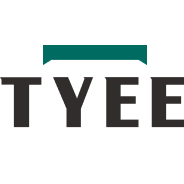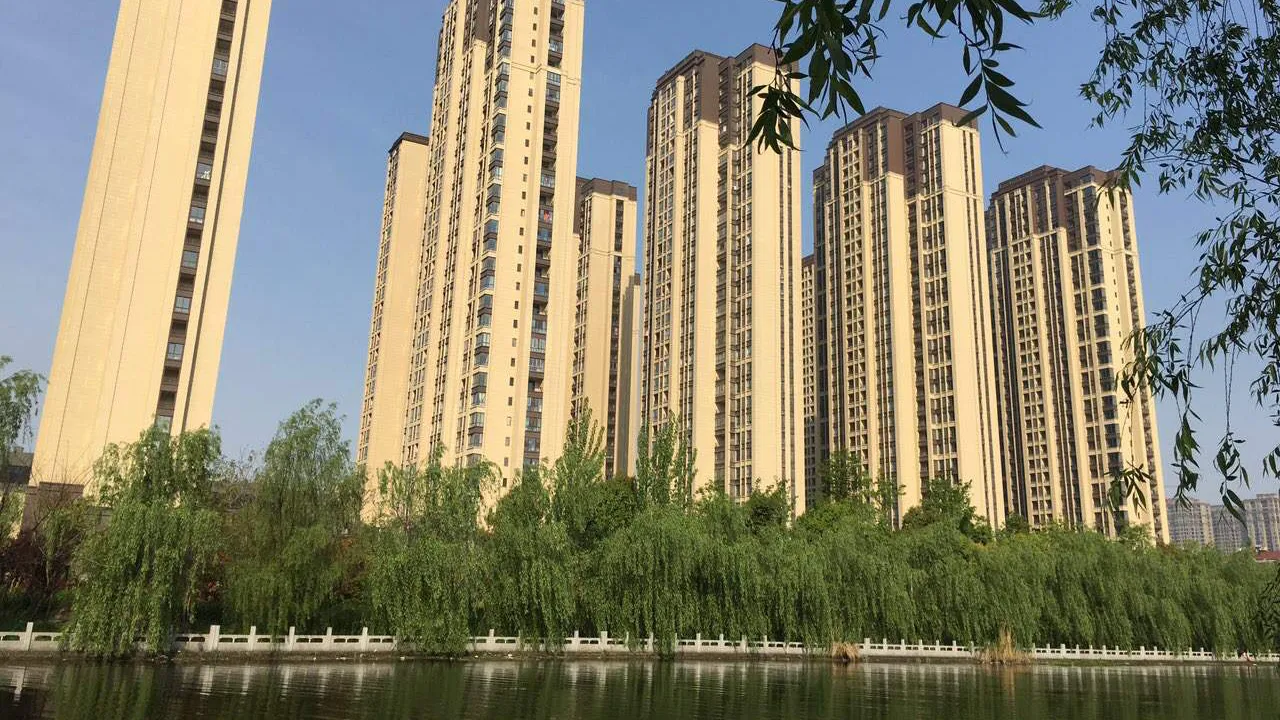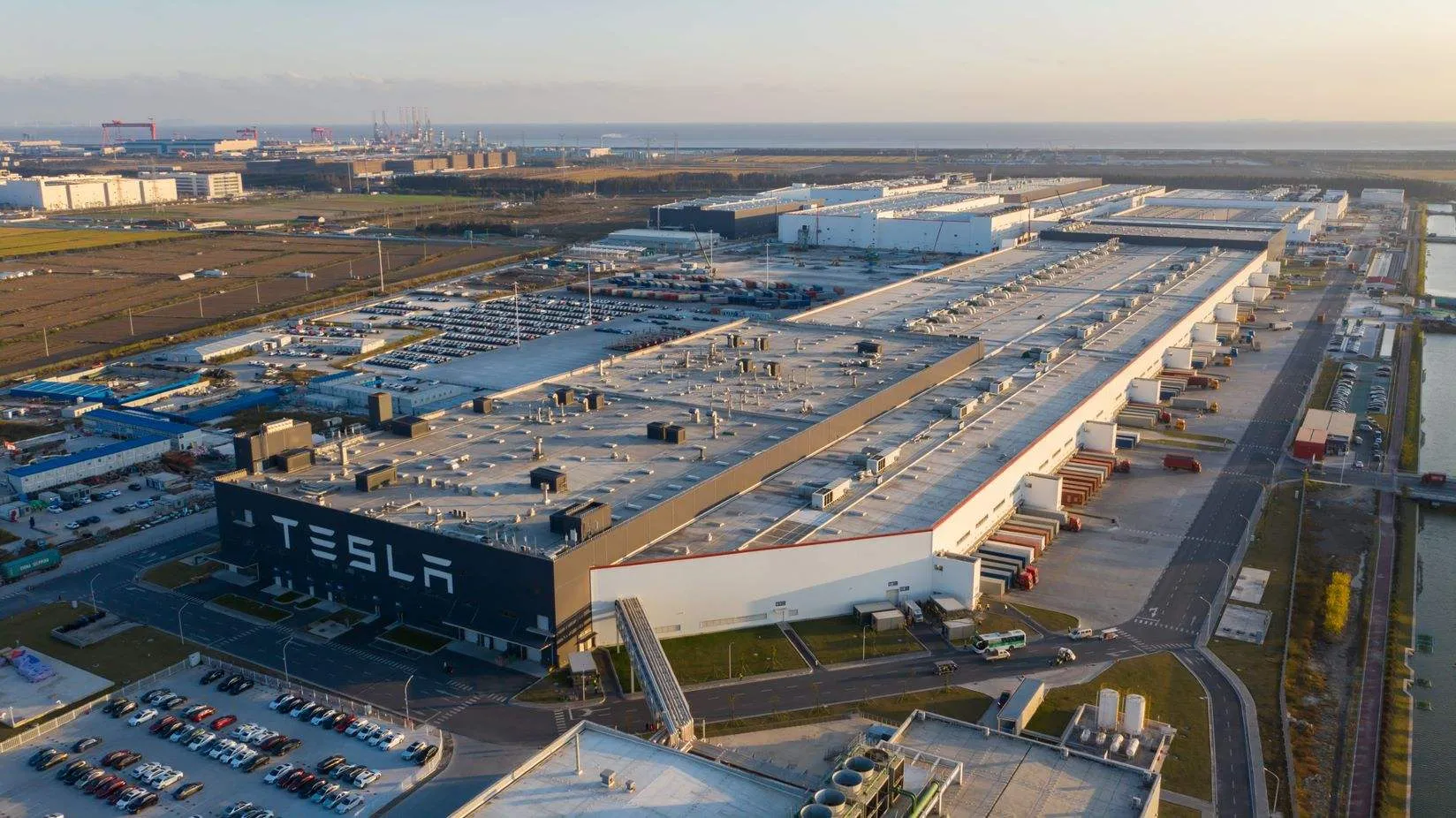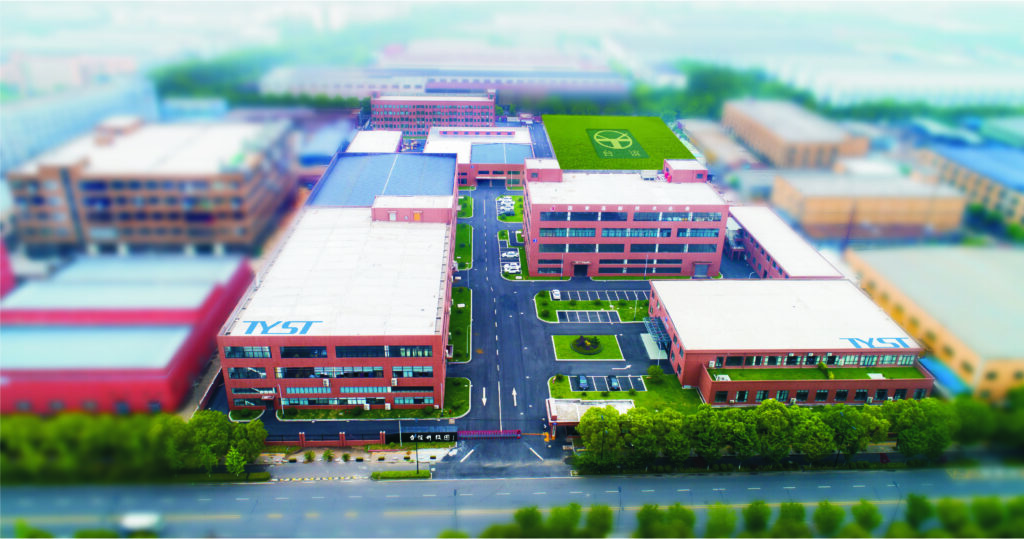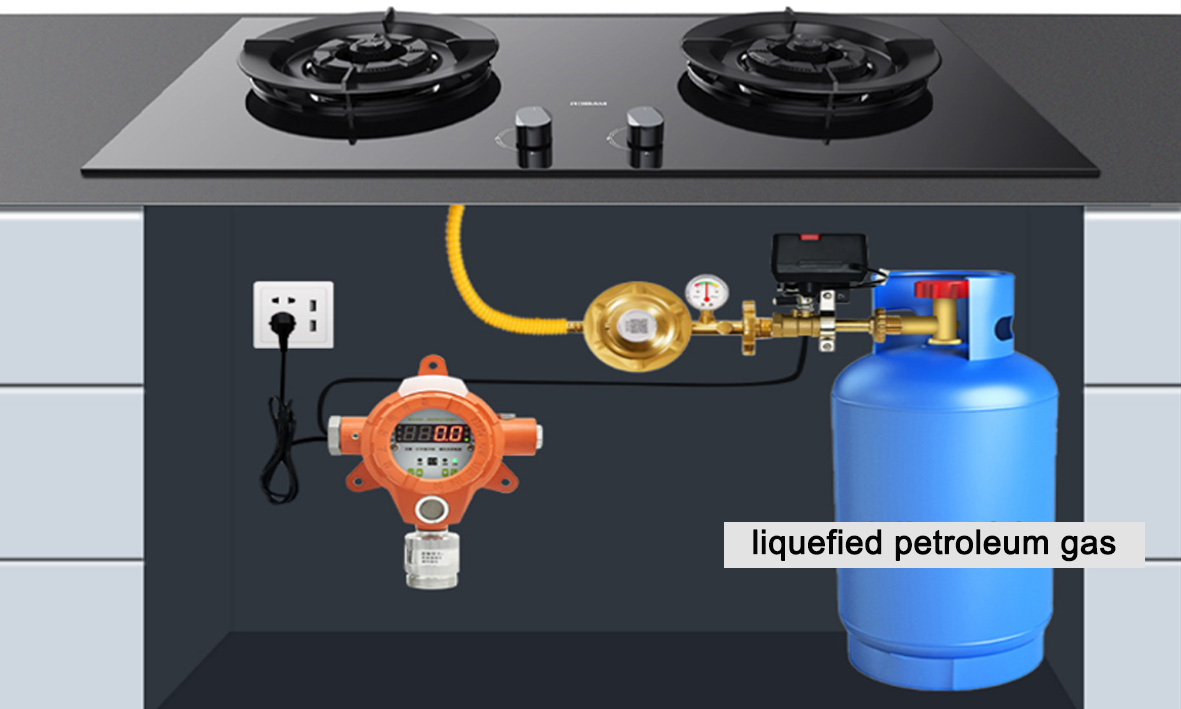
Combustible gas alarm systems are very important for safety. They help keep people safe at work and in businesses. Some places use or store gases like methane, propane, and acetylene. These places have big risks. Dangerous gases can build up fast. If no one notices, there could be a fire or explosion. Studies show that finding gas leaks early is important. Putting gas detectors in the right spots helps stop danger. It also lets people act fast in an emergency. Good brands like tyee make strong systems. These systems help keep people and buildings safe.
Key Takeaways
-
Combustible gas alarms give early warnings to help workers act fast and stop fires or explosions. Fixed gas detection systems watch gas levels all the time and use loud alarms and lights to warn people right away. Picking the right gas detector depends on the kind of gas, the place, and putting the sensor in the best spot. Regular care and testing keep gas alarms working well and cut down on false alarms, making sure everyone stays safe. Certified systems like tyee’s follow safety rules, work with building controls, and help keep people and property safe.
Safety with Combustible Gas Alarm
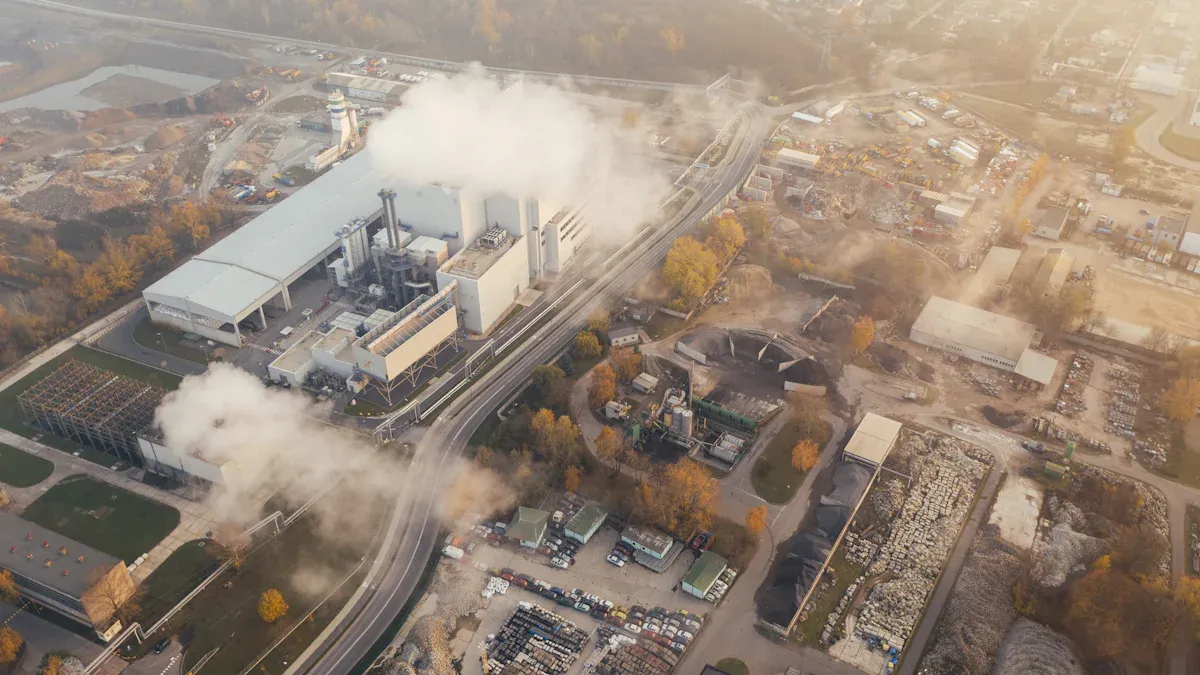
Early Warning Benefits
A combustible gas alarm gives an early warning in factories and businesses. These alarms check the air for dangerous gases all the time. They send alerts right away if they find a problem. If there is a leak, the alarm goes off fast. This gives workers time to leave or put on safety gear. Acting quickly helps stop people from getting hurt or worse.
-
The system checks for gas leaks all day and night, even when no one is working.
-
Alerts come right away, so workers can turn off machines or start fans.
-
It can watch for more than one kind of gas at the same time, so everyone is safer.
-
Finding leaks early helps companies follow safety rules and stay out of trouble.
-
The system gives good information, which helps make work safer and better.
Having a combustible gas alarm in the right place can save lives. It can help people get out safely before something bad happens. In jobs like oil and gas, finding leaks early stops big accidents and keeps people and buildings safe.
Note: Getting an early warning from a gas alarm helps workers move fast. This lowers the chance of an explosion and makes the workplace safer.
Risk Prevention
Combustible gas alarms are very important for stopping risks. They look for leaks that could cause fires or explosions. If leaks are not found quickly, gas can build up and cause bad accidents. Reports show that finding leaks fast in factories has kept people and buildings safe.
Fixed gas alarms send alerts right away to help stop fires and explosions. These alarms also help companies follow safety rules and avoid trouble with the law. Insurance companies sometimes lower costs for places with good alarms because they help stop accidents.
Using a combustible gas alarm helps managers keep everyone safe. It also protects things that are valuable and keeps a good safety record. Watching for gas and sending alerts on time is very important for stopping danger and keeping the workplace safe.
Gas Alarm System Basics
What Is a Gas Alarm System
A gas alarm system is a tool that helps keep people safe. It warns people early if there are dangerous gases in the air. The system uses sensors to check gas levels all the time. If gas goes above safe limits, the system makes loud noises and flashes lights. These alarms help workers know there is danger and act fast.
Gas alarm systems must follow strict safety rules. They need to meet standards like ATEX, IECEx, UL, and CNEx. These rules make sure the system works in different risky places. Zone 0 means gas is always there. Zone 1 means gas is likely to be there. Zone 2 means gas is not common. Only explosion-proof devices with the right papers can be used in these zones.
|
Aspect |
Details |
|---|---|
|
Audible and Visual Alarms |
Alerts with sound and light, important in noisy or risky places. |
|
Compliance Standards |
|
|
Hazard Zone Classifications |
Zone 0: Always gas; Zone 1: Likely gas; Zone 2: Rare gas. |
|
Device Requirements |
Only explosion-proof, certified devices allowed. |
Note: Gas alarm systems need alarms at gas supply points, operator rooms, and hallways. High alarms can make people leave and shut off gas automatically.
Key Components
A fixed gas detection system has many important parts. Each part helps find gas, watch for danger, and respond fast. The main types of combustible gas monitors are optical, catalytic, and semi-conductive detectors. Optical detectors use light to find gas. Catalytic detectors use a chemical reaction to sense gas. Semi-conductive detectors use special materials that change when gas is there.
-
Fixed gas detection systems use sensors to check for gas leaks all the time. These sensors never stop working.
-
The controller gets information from the sensors. It checks if gas levels are too high and decides when to set off the alarm.
-
Audible and visual alarms warn people right away if there is a risk of explosion.
-
Some systems have backup power. This keeps them working if the power goes out.
-
New systems use real-time monitoring and cloud connections. This lets people check the system from far away and act fast if there is a problem.
Fixed gas detection systems need regular checks and care. This helps them work well and stops false alarms. New technology, like machine learning and self-checking, makes detection better and lowers mistakes. These features make fixed gas detection systems more trustworthy and easier to use.
Gas Detection Systems by tyee
Tyee is a top company in fire and gas safety. The company is known for new ideas and good products. Tyee’s gas detection systems have important certificates like ISO9001, UL, CE, LPCB, and GOST. These certificates show the products are safe and work well. Many big companies and projects use tyee’s systems because they trust them.
TY220 Combustible Gas Detector
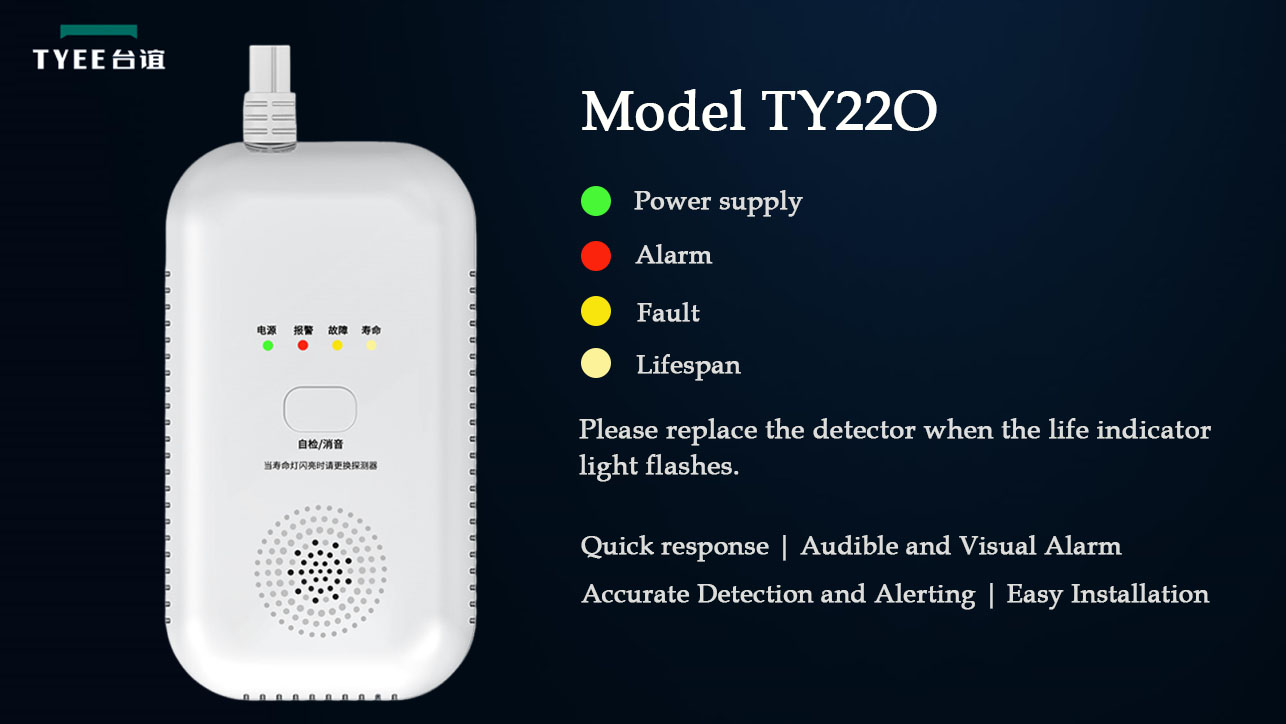
The TY220 combustible gas detector is a good choice for homes and small factories. It uses special sensors to watch for dangerous gases like natural gas, LPG, methane, and biogas. The detector has a strong case that does not burn easily. It can find gas leaks very fast, in just 0.08 seconds. The detector checks for gas all around, so no leak is missed.
Some important things about the TY220 are:
-
It has loud alarms and bright lights to warn people right away.
-
It can find many kinds of combustible gases at once.
-
You can put it on the wall easily and quickly.
-
It checks itself for problems and shows them with an LED light.
-
It uses very little power, so it saves energy.
The TY220 works well in kitchens, utility rooms, and small factories. It gives correct warnings and does not make mistakes. The device can send alerts by phone call, SMS, or WeChat, so people know about danger even if they are not there. Insurance helps protect users even more.
Studies show tyee’s gas detectors, like the TY220, keep working well for a long time. After a year, the system almost never fails. This means the detector works when people need it most.
TY223 Gas Alarm System
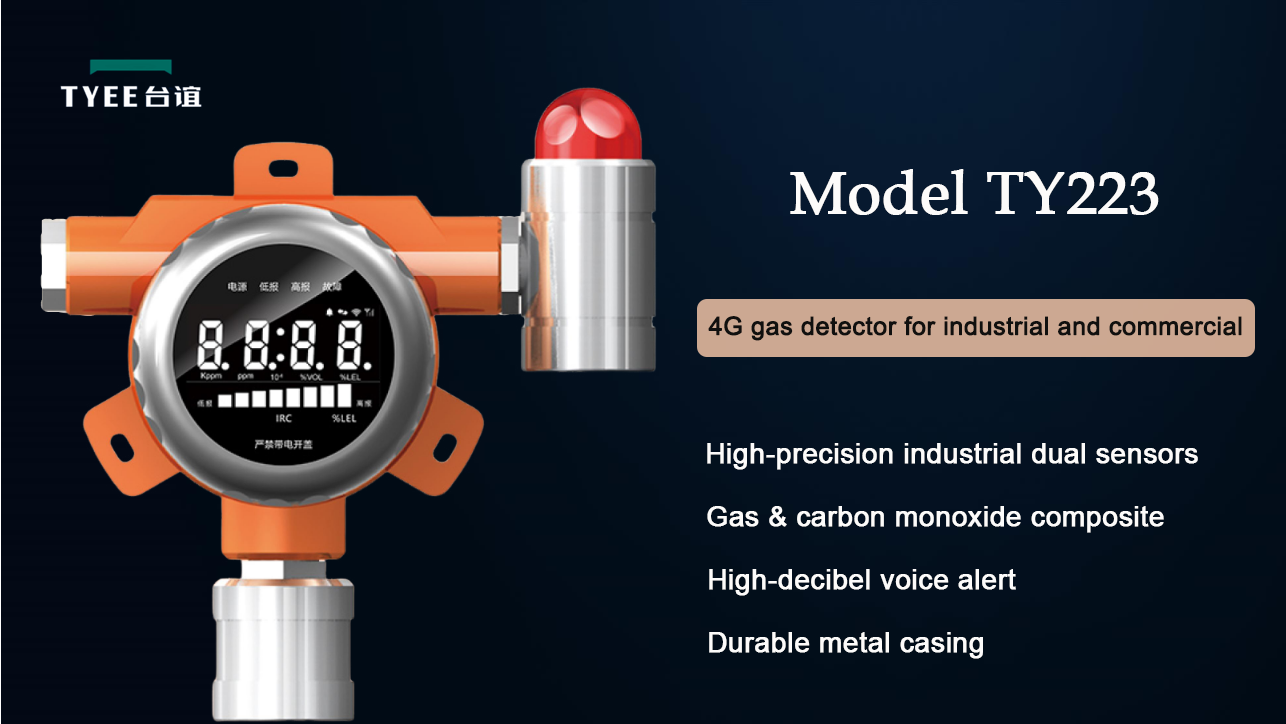
The TY223 gas alarm system is made for big factories. It uses two sensors to find both combustible gases and carbon monoxide. Its metal case keeps it safe in tough and dangerous places.
The TY223 has many good points:
-
It uses strong sensors to find many gases very well.
-
It has 4G, so people can check it from far away.
-
It can close valves by itself to stop gas leaks from getting worse.
-
It has loud voice warnings and flashing lights to tell people about danger.
-
It checks itself for problems and shows real-time data on a screen.
-
It can send alerts by phone, SMS, or app.
The TY223 works with tyee’s smart fire system. This lets people watch many places at once and act fast. Its strong and waterproof case helps it work in hard places. You can put it on the wall where you need it.
Studies show that using more than one sensor, like in the TY223, helps stop false alarms and makes finding gas better. Tyee’s gas systems work well in big places like airports, subways, and dams. These systems help with watching, checking for problems, and giving help in emergencies, which makes everything safer.
Picking a certified and trusted gas detection system like tyee’s TY220 or TY223 helps companies follow safety rules and keep people and things safe. Certified systems meet industry rules and help everyone feel safe at work or in business.
Choosing the Right Combustible Gas Detector

Environment and Application
Picking the right combustible gas detector depends on where you work and which gases are there. Every workplace has its own dangers. The kind of sensor is important. Electrochemical, infrared, catalytic bead, and ultrasonic sensors each work best for certain gases and places. For example, catalytic bead sensors can find methane, propane, and hydrogen. Infrared sensors are good for hydrocarbons and carbon dioxide, especially when there is not much oxygen. Electrochemical sensors help find toxic gases in small spaces.
Other things matter too:
-
Figure out which gases you need to find. The sensor must match the gas.
-
Check the weather and air. Very hot, cold, wet, or high-pressure places can make sensors less accurate.
-
Watch out for other chemicals. Some can make sensors not work as well.
-
Decide if you need a fixed detector or a portable one. Fixed detectors are best for always watching the same place.
-
Make sure the detector follows safety rules and works with other safety tools.
-
Think about the price and how much it costs to keep working.
A hazard check helps you find where leaks might happen and how risky they are. Putting the right detector in the right spot keeps people and things safe.
Installation and Maintenance
Putting the detector in the right place helps it work well. Follow these steps for the best results:
-
Put detectors at head height in open spots or near doors to small spaces.
-
Make sure sensors cover the whole area so there are no empty spots.
-
Place sensors close to where people breathe and not near doors or fresh air vents.
-
Change the sensor height depending on the gas. Lighter gases need sensors high up; heavier gases need them low.
-
Do not put sensors on things that shake. Use strong walls or bases.
-
Put sensors where you can reach them easily for cleaning and checking.
Taking care of the detector helps it stay safe:
-
Look at the lights and make sure nothing is blocking them.
-
Clean the sensors and check any covers or guards.
-
Test the alarms and write down what you do in a logbook.
-
Calibrate the sensors as the maker says.
-
Change sensors on time so they do not stop working.
-
Teach workers how to use the system and what to do in an emergency.
Tip: Checking and cleaning detectors often and putting them in the right place helps stop false alarms and missed leaks. A good detector keeps people and property safe.
Compliance and Integration
Regulatory Standards
Following rules is very important for any combustible gas alarm system. These rules make sure the system works well and keeps people safe. Each country has its own safety codes and laws. The table below lists some main rules in different places:
|
Jurisdiction |
Regulatory Standards and Codes |
|---|---|
|
United States |
OSHA, DOT, EPA, NFPA, PHMSA, FMCSA, NTSB, DHS, FAA, IBC, IFC |
|
Canada |
Transportation of Dangerous Goods Act, Canada Occupational Health and Safety Regulations, National Fire Code |
|
United Kingdom |
COSHH, DSEAR, Approved Codes of Practice (ACOPS) |
UL 2075 is a very important safety rule in the United States. It tells how gas and vapor detectors should be made and tested. If a system meets UL 2075, it can find gases like methane and propane well. In the UK, COSHH and DSEAR say bosses must check for risks and keep gas levels safe. Not following these rules can mean big fines or lawsuits. Companies might also pay more for insurance or have to clean up accidents. Following safety rules is not just about the law. It is also about keeping people and buildings safe.
Note: Checking systems often and keeping good records helps companies avoid trouble and stay safe.
Smart Integration
Today’s gas alarm systems do more than just make noise. They can connect with building and emergency systems to make a safety network. TYEE systems use open protocols, so they work with most building management systems. This lets people see data right away and control everything from one place.
-
TYEE systems can turn on fans, emergency lights, or close gas valves when needed.
-
Alarms can reach people by loud sounds, apps, texts, calls, or cloud alerts.
-
The system works with emergency lights and signs, using AI to help people get out safely.
-
A cloud platform watches device health, alarms, and when to do maintenance.
-
Wireless and battery-powered devices are easy to install and move.
-
Two networks and strong encryption keep the system safe from hackers.
Smart integration has many good points. It gives early warnings and helps people act fast. It can also save money by stopping damage and making things work better. These systems can spot problems before they get worse by using data. As technology gets better, things like AI, IoT, and cloud tools will make gas alarm systems even smarter and safer.
Certified combustible gas alarm systems help keep people and things safe. Experts say it is best to use systems that watch for gas all the time. These systems should send alerts right away and work with building controls. The table below lists important features for businesses:
|
Aspect |
Expert Recommendation / Feature |
|---|---|
|
Continuous Monitoring |
Fixed systems should check for gas day and night. |
|
Safety Enhancement |
Finding gas early keeps workers and equipment safe. |
|
Automated Alerts |
Quick warnings help people act fast in emergencies. |
|
Regulatory Compliance |
Systems must follow rules like ATEX and DSEAR. |
|
Integration |
Connect detectors to building systems for better safety. |
Tyee’s products have new technology and trusted certificates. Their systems help companies stay safe and follow the law. For more information or help, readers can go to the tyee website.
FAQ
What types of gases can tyee gas alarm systems detect?
Tyee gas alarm systems can find natural gas, LPG, methane, biogas, and bottled coal gas. Some models also find carbon monoxide. This helps keep many places safe from different gases.
How often should users test and maintain gas detectors?
Users should check alarms every month. They should also have a professional check them once a year. Regular checks make sure the alarms work well and warn about leaks early.
Can tyee gas alarm systems connect to building management systems?
Yes, tyee systems can connect with most building and emergency systems. This lets people watch everything in one place. It also sends alerts and helps people act fast in emergencies.
Where should users install combustible gas detectors for best results?
Put detectors close to places where leaks might happen, like kitchens, boiler rooms, or gas storage spots. Place sensors high for lighter gases and low for heavier gases. This helps the detectors work better.

